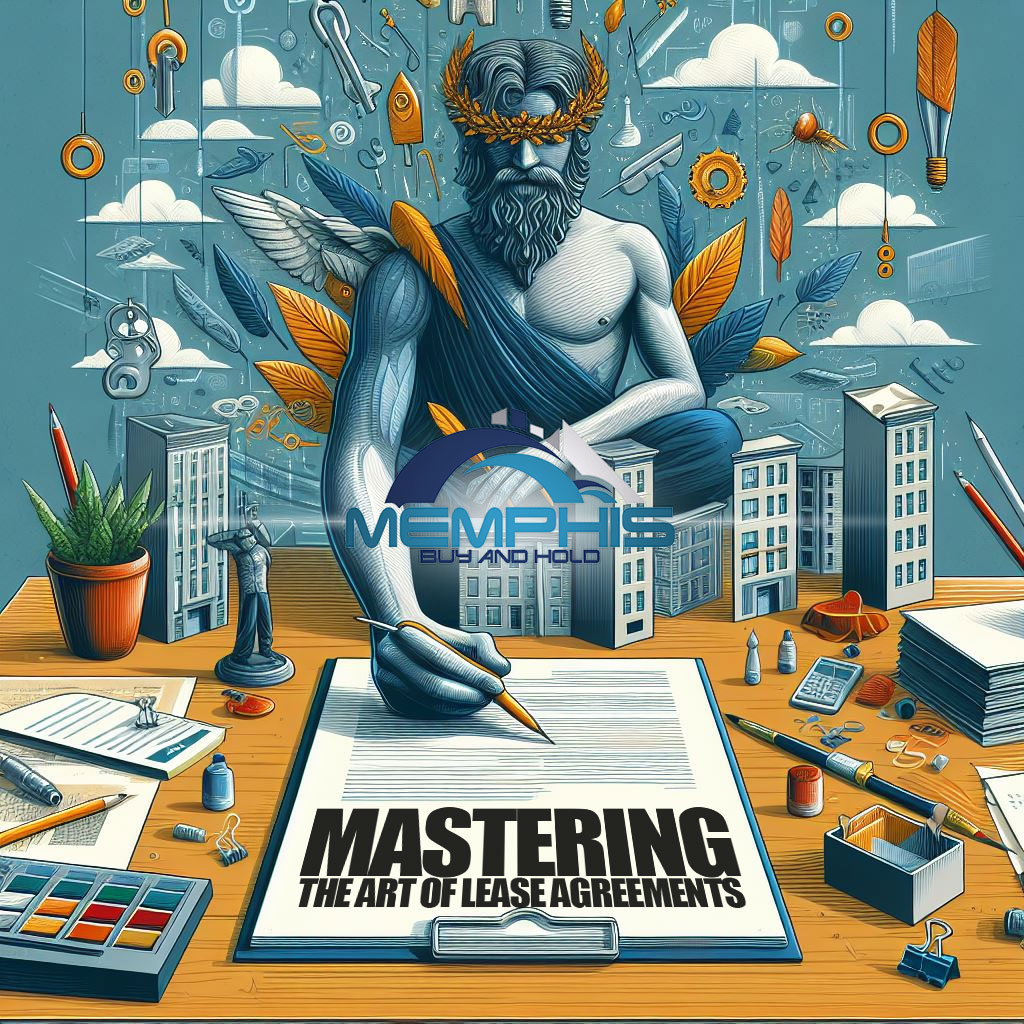
In the intricate dance of landlording, few steps are as crucial as crafting a solid lease agreement. A well-crafted contract not only serves as a legal safeguard but also lays the groundwork for a harmonious landlord-tenant relationship. From setting clear expectations to addressing potential pitfalls, here’s a guide to mastering the art of crafting effective lease agreements.
- Clarity is Key: A lease agreement should leave no room for ambiguity. Clearly outline the terms of the lease, including the duration of the tenancy, rental amount, due date, and any additional fees or charges. Use language that is simple and easy to understand, avoiding legal jargon that may confuse tenants.
- Define Responsibilities: Spell out the responsibilities of both the landlord and the tenant. This includes maintenance duties, utility payments, and any restrictions on alterations or subletting. By clearly defining each party’s obligations, you can prevent misunderstandings and disputes down the line.
- Address Property Rules and Regulations: Every property has its own set of rules and regulations, whether it’s regarding noise levels, pet policies, or parking arrangements. Incorporate these rules into the lease agreement to ensure that tenants are aware of their obligations and the consequences of violating them.
- Include Legal Protections: Protect your interests by including clauses that address common legal issues, such as lease termination, eviction procedures, and security deposit refunds. Consult with legal experts to ensure that your lease agreement complies with local landlord-tenant laws and regulations.
- Flexibility for Amendments: While it’s essential to have a comprehensive lease agreement, it’s also important to allow for flexibility when circumstances change. Include provisions for lease amendments or addendums to accommodate unforeseen situations or changes in the rental arrangement.
- Consideration for Special Circumstances: Every tenant is unique, and some may have special circumstances that need to be addressed in the lease agreement. Whether it’s accommodating a disability or allowing for early termination due to job relocation, be willing to tailor the lease to meet the tenant’s needs while still protecting your interests.
- Document Everything: Keep detailed records of all lease agreements and related communications. This includes copies of the signed lease, correspondence with tenants, and documentation of any lease violations or disputes. Having a thorough paper trail can protect you in case of legal disputes or litigation.
- Communication is Key: Finally, maintain open lines of communication with your tenants throughout the leasing process. Encourage them to ask questions and seek clarification on any aspects of the lease agreement they don’t understand. Building a positive rapport from the start can lay the foundation for a successful landlord-tenant relationship.
Crafting an effective lease agreement requires attention to detail, a thorough understanding of legal requirements, and a commitment to clear communication. By following these guidelines, landlords can create contracts that protect their interests while fostering positive relationships with their tenants. After all, a well-crafted lease agreement is not just a legal document—it’s the cornerstone of a successful rental business.
 Memphis Buy And Hold is specializing in locating, purchasing, renovating and managing single-family and multi-unit properties and possesses from 2007 up to the present of experience in real estate investing and property management in the Memphis and Nashville markets.
Memphis Buy And Hold is specializing in locating, purchasing, renovating and managing single-family and multi-unit properties and possesses from 2007 up to the present of experience in real estate investing and property management in the Memphis and Nashville markets.


